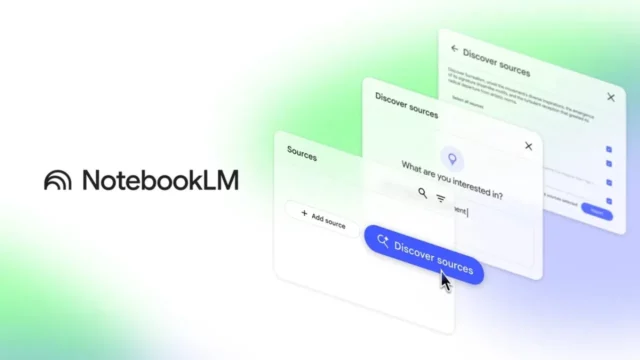Microsoft has introduced new artificial intelligence (AI) powered weather forecasting models. The company is investing in AI technology to improve the accuracy and extend the duration of weather forecasts. The new models aim to make weather predictions more accurate for up to 30 days. Here are the details…
Accurate 30-day forecast: Microsoft’s AI-powered weather
Microsoft’s new weather forecasting model takes the company’s success, already known as “the world’s most accurate global weather forecast provider,” a step further. The model was introduced in a study published on arXiv, a site managed by Cornell University. The study compared Microsoft’s new model with the one currently used by the European Centre for Medium-Range Weather Forecasts (ECMWF) and found that the new model performed better.

Microsoft’s new weather forecasting system uses five different AI models and three deep learning architectures to generate its forecasts. These models analyze decades of weather data, identifying recurring patterns. These patterns are then used to predict future weather trends.
This approach is similar to traditional numerical weather prediction models. However, Microsoft’s AI models use graphics processing units (GPUs) to make forecasts faster and more frequently, which increases the accuracy of the results.
How does the new system work?
Microsoft’s new system starts with the current state of the atmosphere on a three-dimensional globe (latitude, longitude, and altitude) and forecasts the state of the atmosphere one hour later. The prediction is then fed back into the model, and this process continues to make forecasts for several hours. This process is crucial for understanding how a weather forecasting model works.
However, AI models have the advantage of making forecasts faster thanks to GPUs, allowing for more frequent updates and more accurate results. Microsoft says the new model is also more precise in temperature forecasts. According to the company, the new model improves temperature forecasts by 17% for one week ahead and by 4% for four weeks ahead.
Microsoft plans to integrate this new model into Microsoft Start soon, enabling users to receive more reliable weather forecasts. In the future, we can expect to see AI models capable of making more accurate and longer-term weather forecasts. What do you think? Feel free to share your thoughts in the comments section below.














